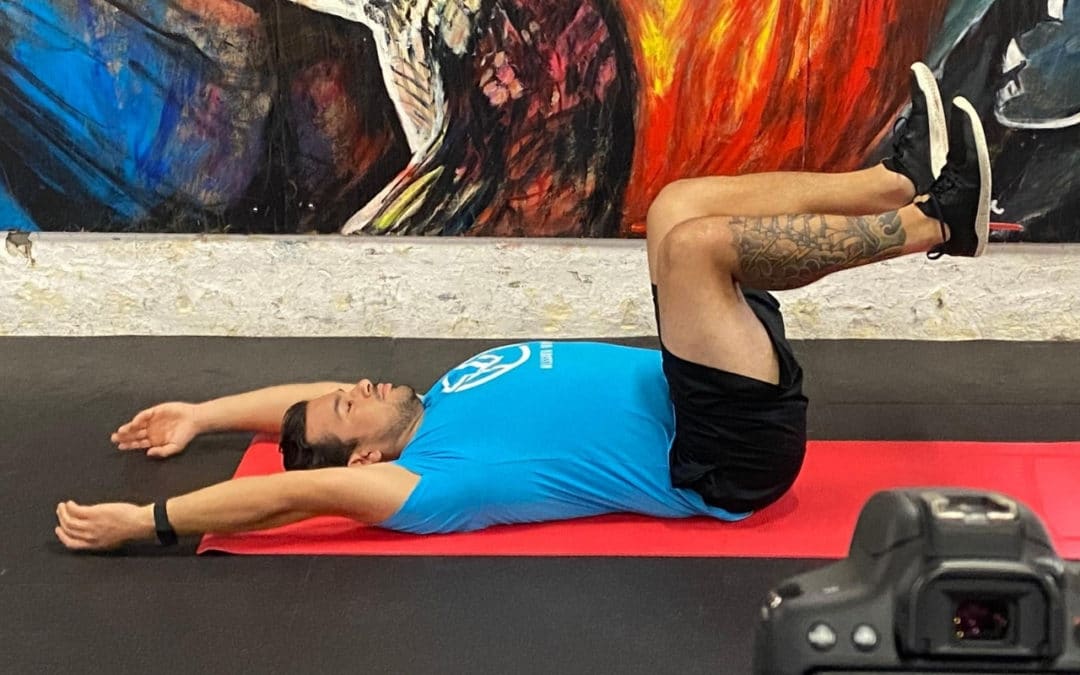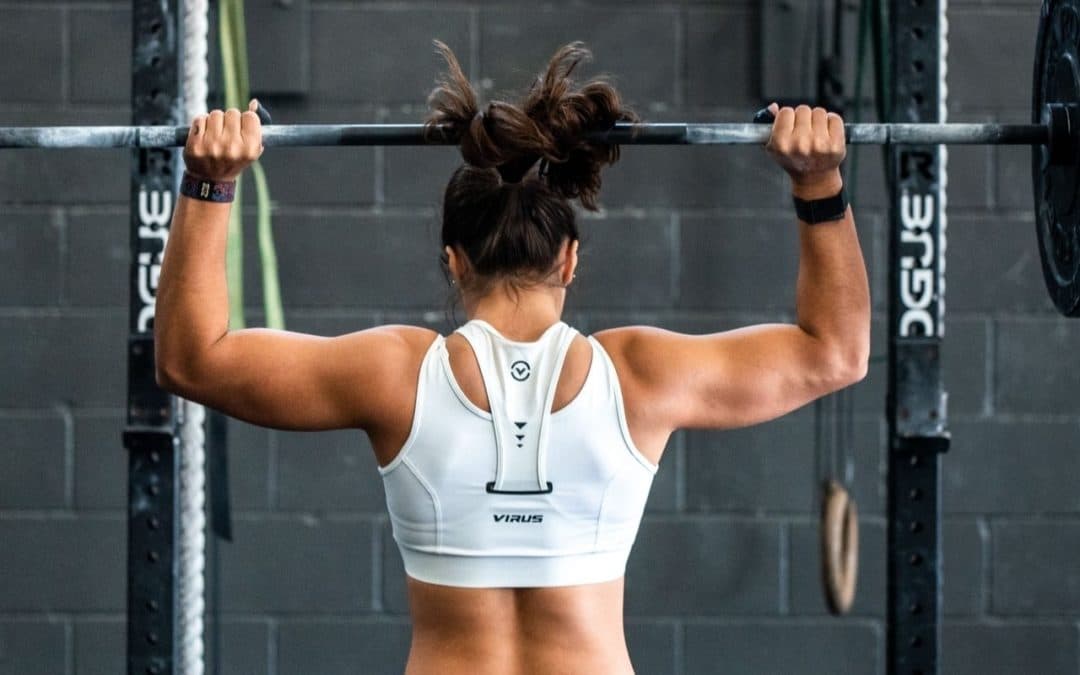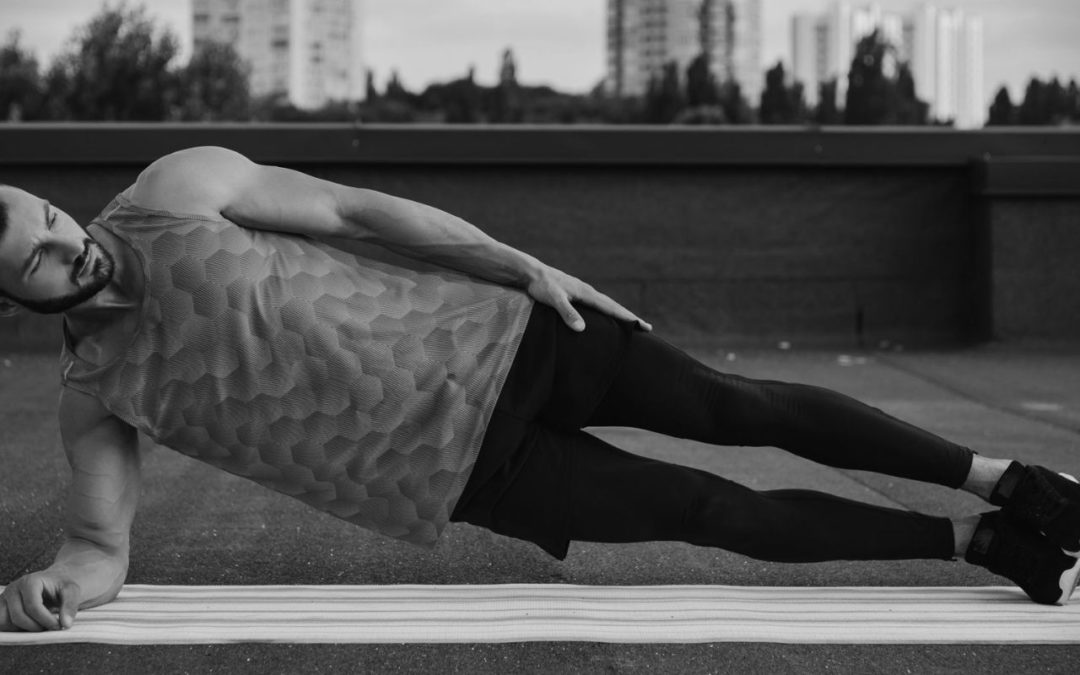Is Crossfit Dangerous?
We get asked if Crossfit is dangerous a lot and, as with most things in our world, the answer is…
It depends.
The truth is that any activity has some degree of risk, no matter what you are doing. It may seem that Crossfit has a higher risk than most other activities because people are moving heavy weights, they are going really fast, and frankly, a lot of the times on social media you see questionable form.
I can see why it looks dangerous, especially to people like physical therapists, doctors, and chiropractors who may not have experienced CrossFit firsthand.
In fact, a common trope is that CrossFit is “good for business”- the more people do CrossFit, the more people get hurt, then they end up at the PT or the chiro or the doctor’s office.
Don’t want to Read? Watch the Video instead!
Does The Research Say crossfit is dangerous?
In 2017, Montalvo and Moran both released studies citing injury rates ranging from 2.1 to 3.1 injuries per 1000 hours of CrossFit training.
For context the Montalvo study also cited comparable rates of injury from other sports-
Powerlifters suffered at a rate of 1.0 to 5.8 injuries per 1000 training hours (Brown and Kimball, 1983; Haykowsky et al., 1999; Keogh et al., 2006; Raske and Norlin, 2002; Siewe et al., 2011).
Similarly, Olympic Weightlifters report injury rates from 2.4 to 3.3 per 1000 training hours (Calhoon and Fry, 1999; Raske and Norlin, 2002).
The similarity in findings makes sense considering the use of both powerlifting and weightlifting movements in Crossfit.
The 2017 studies found that the following athletes were most likely to suffer an injury:
-
- Those who compete in CrossFit were the most likely to sustain injuries
- Followed by those with large body mass, aka overweight or just large
- And people who were taller were also slightly more likely to suffer injury
These findings suggest that CrossFit isn’t any more dangerous than sports like running or Olympic weightlifting.
So is it really dangerous?
Probably not.
At least not compared to many other forms of exercise and activity.
Now, these studies weren’t perfect. They used self-reported data (surveys) which isn’t necessarily very reliable for a number of reasons. However, it is a similar information gathering technique that many other studies have done for different sports. So while the stats may not be a hundred percent true to life, they are probably accurate compared to a lot of other sports that track injury rates.
So How Do You Prevent Injuries In Crossfit?
1. Acute To Chronic Workload Ratio
One easy way to look at your overall training risk in CrossFit is to calculate your acute to chronic workload ratio (ACWR). For now, don’t worry about the math or what even that is. Just understand we will have a more in depth post on it coming later at some point. Essentially, it’s a mathematical way of figuring out if you are spiking your training volume and intensity beyond what your body is used to.
If you want to learn more about how using the acute to chronic workload ratio can help you train hard without over training then sign up for our mailing list. We will be writing a post about it soon.
2. Maximum Recoverable Volume
Another way to look at whether or not you are in a risky zone is to understand that there is simply a ceiling, a cap to how much volume of work your body can handle before it’s unable to recover from the effort. Some people refer to that as a maximum recoverable volume.
Over time, you can enhance your maximum recoverable volume through work capacity training, which is exactly what CrossFit should do. It’s going to increase your resilience, but that takes time. Unfortunately, some people just push a little too hard, especially right out of the gate, and doubly so if they have a previous history of being athletic or playing sports. Prior competitive athletes tend to push a bit harder than the average Joe and that might lead them into trouble, again, spiking their volume of exercise too soon.
3. Move Better
At Mission MVMT, we focus a lot on movement competency. That might be correcting muscle imbalances, improving posture, reducing mobility restrictions or improving movement patterns. Ultimately we try to get you to move better so that while you are exercising, you are safer and stronger.
These are all sound strategies and we’ve had great success with our clients working on them. However, even if you have a major movement impairment or muscle imbalance, as long as you don’t pour an excessive amount of volume on it, you may be able to train around that issue for a very long time without suffering an injury. This references back to that acute to chronic workload ratio I mentioned before.
So once again, it’s not necessarily poor movement alone that causes an increased likelihood of an injury. That’s possible, of course, but more probable is adding too much volume onto a poorly moving structure, body part, or individual and expecting them to consistently perform at a high level.
Staying Safe In Your Crossfit Box
Many of the gyms that I’ve coached at and trained at program workouts consisting of a strength or a skill portion followed by a MetCon or conditioning workout. If you look at a CrossFit.com they don’t program like this. The workouts are varied in structure; sometimes it’s a strength based workout, sometimes it’s a conditioning type workout and there is a lot of them variation in their structure and their programming.
That is the design of CrossFit and a lot of gyms have taken liberty to go above and beyond adding extra volume. You have newcomers or people whose work capacity and resiliency isn’t built up going to these gyms and all of a sudden getting a massive spike in their work volume and intensity over a very short period of time and then they are sitting there wondering, scratching their heads, why does my shoulder hurt? Why does my back hurt? And it makes perfect sense if you look at it from a more mathematical standpoint.
Crossfit Isn’t Dangerous
The bottom line, CrossFit isn’t inherently dangerous, at least not any more dangerous than most other recreational sports like running. CrossFit can be more dangerous given nuanced circumstances, namely spikes in volume and intensity and poor movement patterns or technique.
Our success at Mission MVMT has been through teaching athletes to improve those movement impairments, making sure they are mobile where they need to be and strong where they need to be. Then teaching them proper movement technique to exercise and train safely.
Perhaps more importantly though we are educating our people on how to track their volume and make sure that they are not over training. Work capacity comes with time and consistency. Almost paradoxically higher training intensity and volume can yield resilience or a buffer from injury but getting there needs to be a strategic progression.
What do you think?
Is Crossfit inherently dangerous and to be avoided at all costs?
Or is it just another thing to do to stay active and healthy?
Leave a comment and let me know!




